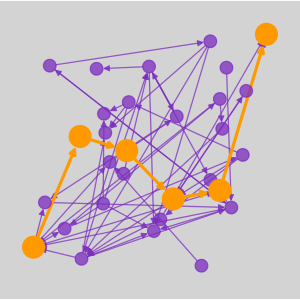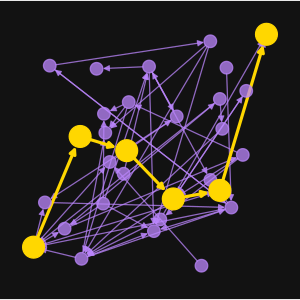This section sets up the docker container ln-history-api which connects to the ln-history-database and processes those requests.
The backend authorizes requests via a specified ApiKey.
In case you want to get a deeper understanding about the backend, feel free to check out the source code.
Setup
We will start by setting up the directory structure and continue with the docker container
Create directory
From the project root we create the ln-history-api directory with the following command.
Environment variablesauthentication
Create an .env file and fill in the ConnectionStrings__PostgreSQL of the ln-history-database as well as the ApiKey and the DOTNET_ENV.
The ApiKey will be later used to authorize requests sent to the backend.
This is a naive way to limit spam. You might want to consider using alternatives, like:
- JWT (JSON Web Tokens) — stateless, signed tokens that can also carry user claims.
- OAuth 2.0 — for delegated access from third-party apps or user authentication.
- HMAC signatures — requests signed with a shared secret to verify authenticity.
- mTLS (Mutual TLS) — client and server both authenticate via TLS certificates.
🔐 Important: Never commit .env files containing credentials to version control.
🐳 Docker container
Create the docker-compose.yml and paste the following content into it.
Folder structure
Ultimatly the folder structure should look like this:
Run
We start the container by using docker compose up -d (The flag -d abbreviates deamon, meaning background process).
Verify
See the logs of the docker container.
ln-history-api | info: Microsoft.Hosting.Lifetime[14] ln-history-api | Now listening on: http://[::]:8080 ln-history-api | info: Microsoft.Hosting.Lifetime[0] ln-history-api | Application started. Press Ctrl+C to shut down. ln-history-api | info: Microsoft.Hosting.Lifetime[0] ln-history-api | Hosting environment: Production ln-history-api | info: Microsoft.Hosting.Lifetime[0] ln-history-api | Content root path: /app

